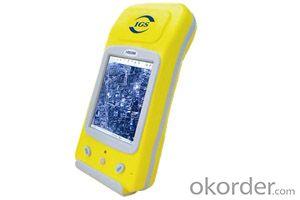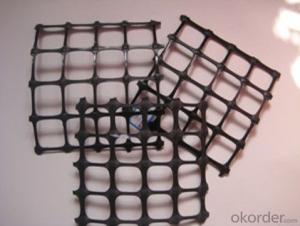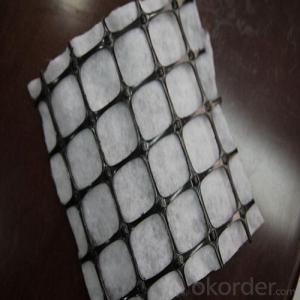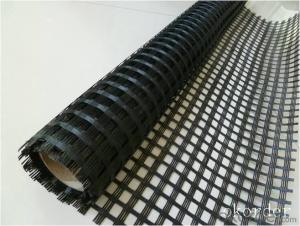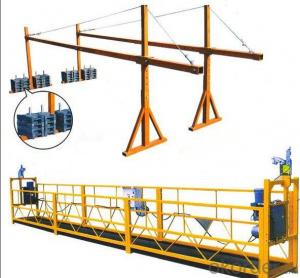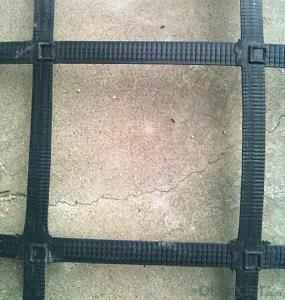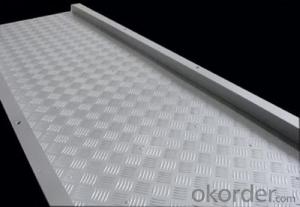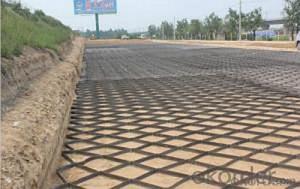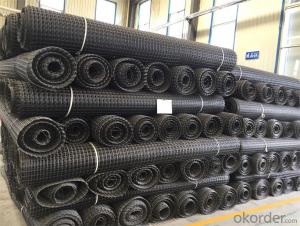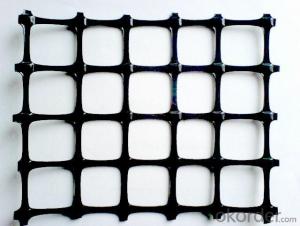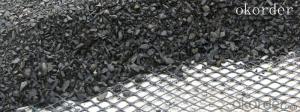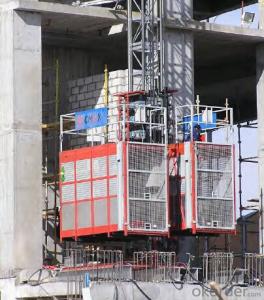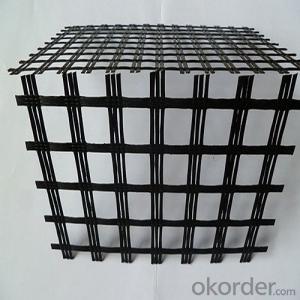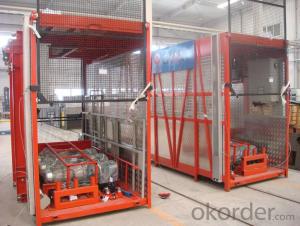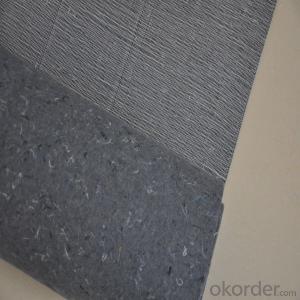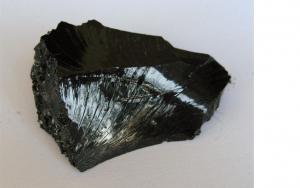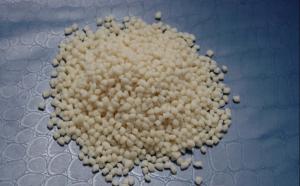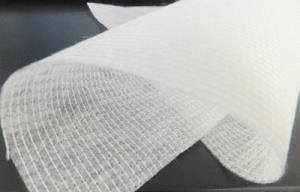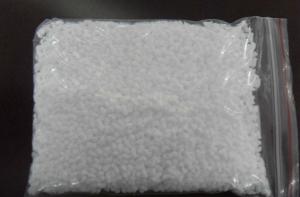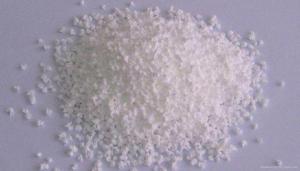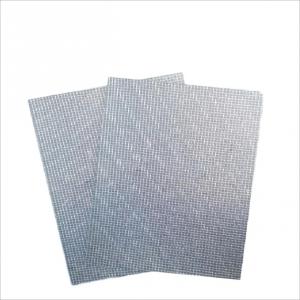Sg200 Geogrid
Sg200 Geogrid Related Searches
Strata 200 Geogrid Rx1200 Geogrid Sgu 60 Geogrid Gmb Geogrid Tx150 Geogrid Tx170 Geogrid Tensar Ss30 Geogrid Tx190l Geogrid Geogrid Tx150 Sbx 11 Geogrid Sbx12 Geogrid Geogrid Machine Bx 1200 Geogrid Geogrid Energy Standartpark Geogrid Geogrid Tbl Geogrid Layer Geogrid Construction Geostar Geogrid Type 2 Geogrid Tensar Bx1200 Geogrid Geogrid Tx140 Rx 1100 Geogrid Geogrid Calculator Srw 3 Series Geogrid Geogrid Placement Geogrid San Diego Gravel Geogrid Tx 130 Geogrid Paralink GeogridSg200 Geogrid Supplier & Manufacturer from China
Sg200 Geogrid is a high-strength geosynthetic material designed to enhance the performance of civil engineering projects. It is engineered to provide soil reinforcement, erosion control, and load distribution, making it an essential component in various construction applications. This product is widely used in road construction, railway embankments, retaining walls, and slope stabilization projects, where its unique properties significantly improve the structural integrity and durability of the groundwork.The Sg200 Geogrid is specifically engineered to meet the demands of different construction environments, offering a versatile solution for various soil conditions and project requirements. Its application in civil engineering projects not only enhances the overall stability and load-bearing capacity but also contributes to cost-effectiveness and environmental sustainability. By using Sg200 Geogrid, contractors can ensure that their projects adhere to the highest standards of quality and performance.
As a leading wholesale supplier, Okorder.com boasts a vast inventory of Sg200 Geogrid, catering to the needs of contractors and engineers worldwide. With a commitment to providing high-quality products and exceptional customer service, Okorder.com has established itself as a reliable source for geosynthetic materials like Sg200 Geogrid. Their extensive stock ensures that customers have access to the materials they need, when they need them, without compromising on quality or performance.
Hot Products

